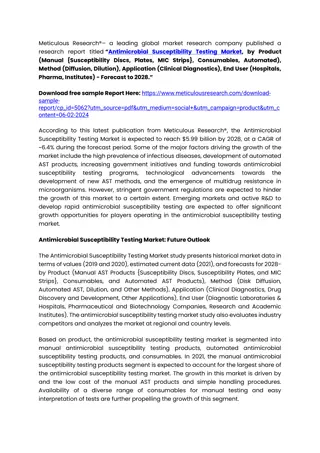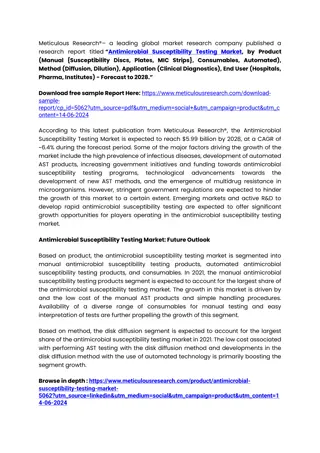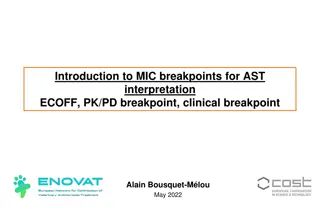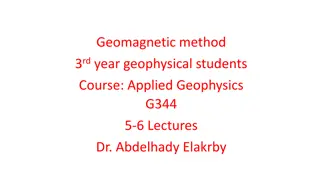
Magnetism and Magnetic Properties in Materials
Explore the principles of magnetism, magnetic susceptibility, NMR, EPR, and magnetic moments in materials with unpaired electrons. Learn about ferromagnetic, paramagnetic, and diamagnetic materials, as well as the effects of magnetic fields on them. Discover how susceptibilities and magnetic moments are experimentally determined, and delve into the temperature and field dependence of magnetic properties.
Download Presentation

Please find below an Image/Link to download the presentation.
The content on the website is provided AS IS for your information and personal use only. It may not be sold, licensed, or shared on other websites without obtaining consent from the author. If you encounter any issues during the download, it is possible that the publisher has removed the file from their server.
You are allowed to download the files provided on this website for personal or commercial use, subject to the condition that they are used lawfully. All files are the property of their respective owners.
The content on the website is provided AS IS for your information and personal use only. It may not be sold, licensed, or shared on other websites without obtaining consent from the author.
E N D
Presentation Transcript
Magnetism Magnetic Susceptibility Nuclear Magnetic Resonance (NMR) Electron Paramagnetic Resonance (EPR) Hall Probes Magnetoresistors Fluxgate Magnetometers Flux Measurements with Pick Up Coils Magnetic Alignment center and direction
Magnetic Susceptibility Principle Questions you may have include: What are ferromagnetic materials? What are paramagnetic materials? What are diamagnetic materials?
Magnetic Filed Effect diamagnetc Paramagnetic
Magnetic Moments (Susceptibility) Magnetic moment ( ): relates directly to the number of unpaired electrons Microbalance Measures to 5th decimal Susceptibility and magnetic moment can be determined experimentally using a Guoy Balance: For paramagnetic substance, unpaired electrons are attracted by the magnetic field and an apparent increase in mass of the sample occurs when the field is switch on
NMR/EPR Principle A particle with a spin and a magnetic moment precesses around an applied field. The quantum energy levels are split into several discrete levels, depending on the spin of the particle. The energy gap between these levels is proportional to the applied field. A resonant absorption of RF energy occurs at a frequency corresponding to energy gap.






















